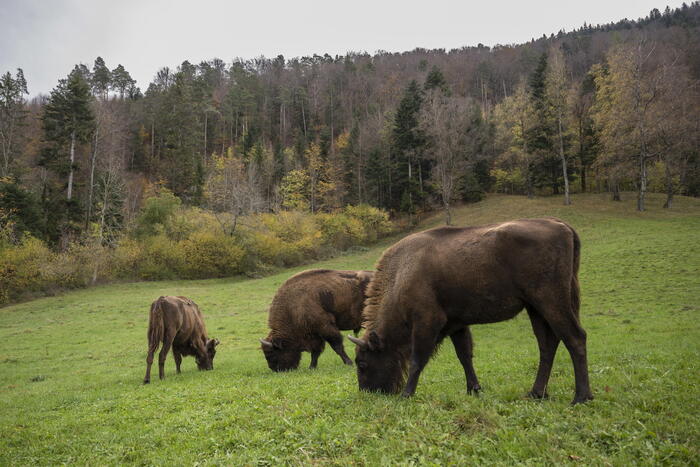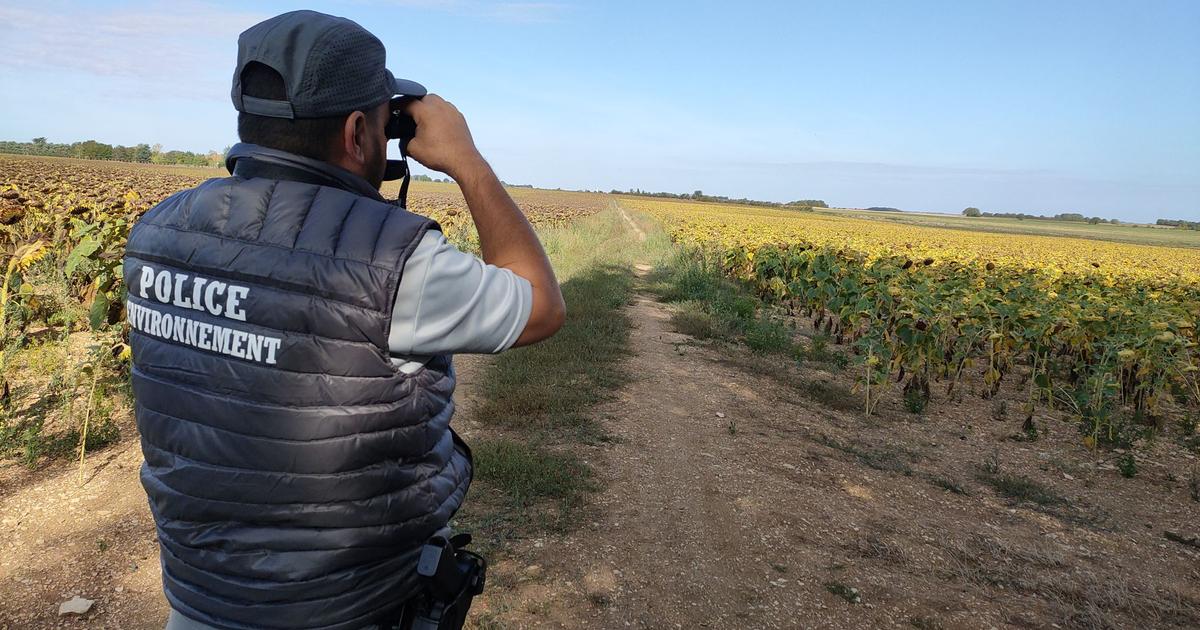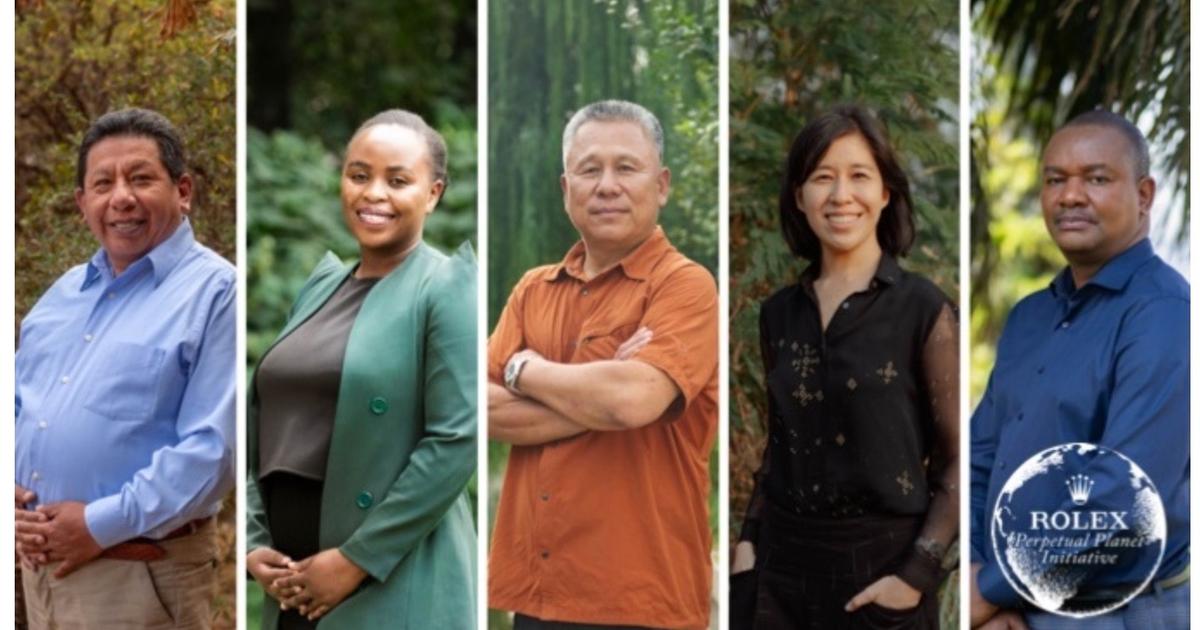Make 30% of the world's land area and 30% of the oceans protected by 2030.
It is the main objective of the Cop15 on Biodiversity, which will be held in Montreal in Canada from 7 to 19 December.
This is the periodic conference of the UN Convention on Biodiversity, created in 1992. The Cop15 in Montreal must reach a Framework Agreement on biodiversity, which replaces the previous one of 2010 in Aichi, Japan.
But in the preparatory work, agreement is still far off, especially on the thorny issue of aid to the poorest countries.
COP15 was supposed to be held in Kunming, China in October 2020, but has been postponed several times due to Covid.
In October 2021, a preparatory conference was held in the Chinese city, where it was decided to arrive in 2022 at a new Framework Agreement on Biodiversity.
Eventually COP15 was moved to Canada, to avoid Chinese pandemic restrictions, but Beijing retained the presidency.
As many as 10,000 delegates from all over the world are expected in Montreal.
The Aichi Accord included 20 goals to reduce biodiversity loss.
None have been achieved entirely.
In the draft of the new Framework Agreement, prepared by a UN working group, there are 22 objectives.
But agreement on these is still far away.
According to observers, it was only achieved on 2.
The main objective is to commit the UN countries to declaring at least 30% of the global territory and 30% of the oceans protected areas by 2030. This is the so-called "30 by 30" target.
More than 100 countries have already said they are in favor, but almost as many remain to be convinced.
And above all (as taught by the COP on the climate) then there is the need to translate the commitments on paper into reality.
In 2020, only 15% of the world's territory and 7.5% of the oceans were protected areas.
Many NGOs participating in the conference will push to include the concept of "positive nature" in the final document.
In practice, states will have to adopt policies that improve ecosystems, and not just reduce damage, which halt and then reverse the loss of nature.
For example, enrich biodiversity, store carbon, purify water, reduce pandemic risk.
Among the other objectives of the draft, there is the compensation of the emissions of millions of tons of carbon dioxide with natural solutions (nature based solutions): for example, the conservation of forests, the fight against the spread of invasive species, the reduction of pollution from pesticides, fertilizers and waste.
Another goal is cutting subsidies for industries that contribute to the loss of biodiversity, such as those that practice deforestation.
One of the most controversial points of the draft Agreement concerns aid from rich countries to less developed countries for biodiversity conservation initiatives.
The provisional text estimates that as much as 700 billion dollars are needed to achieve the goals.
The precedents of the climate Cops, where since 2015 it has not been possible to launch the 100 billion dollar fund a year for aid on climate policies, do not bode well.


/cloudfront-eu-central-1.images.arcpublishing.com/prisa/6W5UW5NK5ZH77N2RSC3TBYR33Y.jpg)


/cloudfront-eu-central-1.images.arcpublishing.com/prisa/RSVSTQFDNZHWVNNUYWZ2MAMOUE.JPG)

/cloudfront-eu-central-1.images.arcpublishing.com/prisa/NIFZFFYBFVAU5FVWDHC43ESC5M.jpeg)

